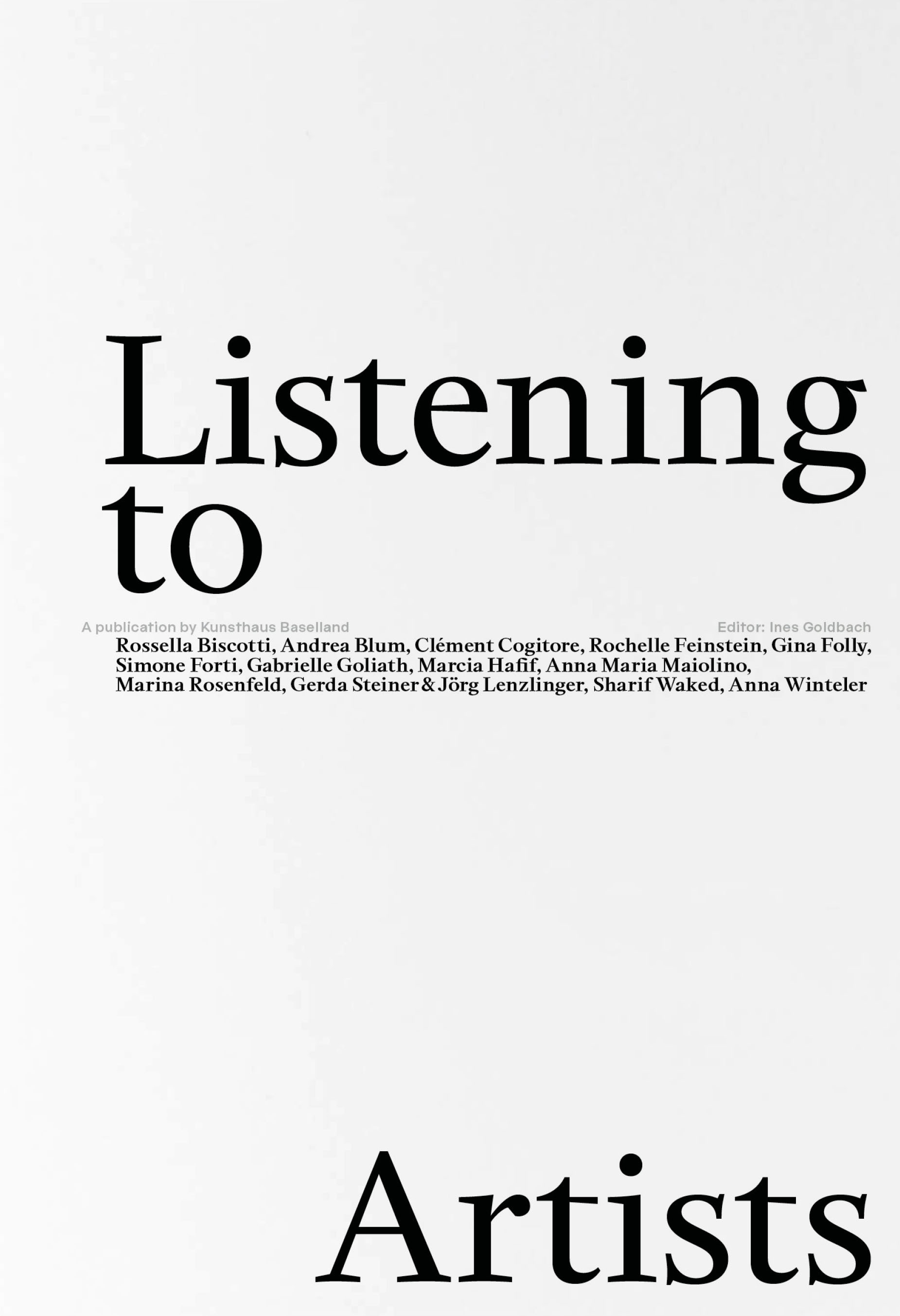Clément Cogitore
Part I
15.2. —
28.4.2019
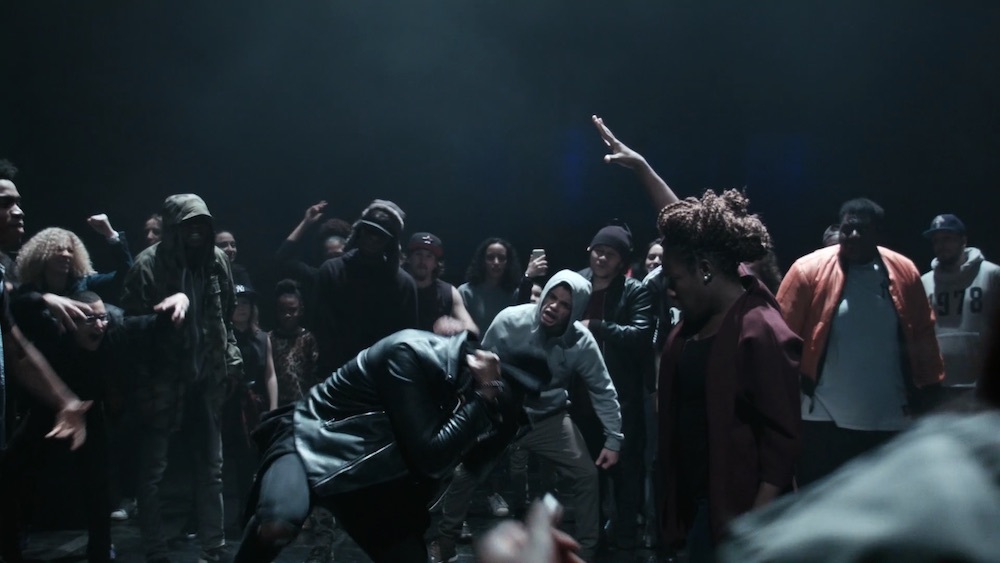
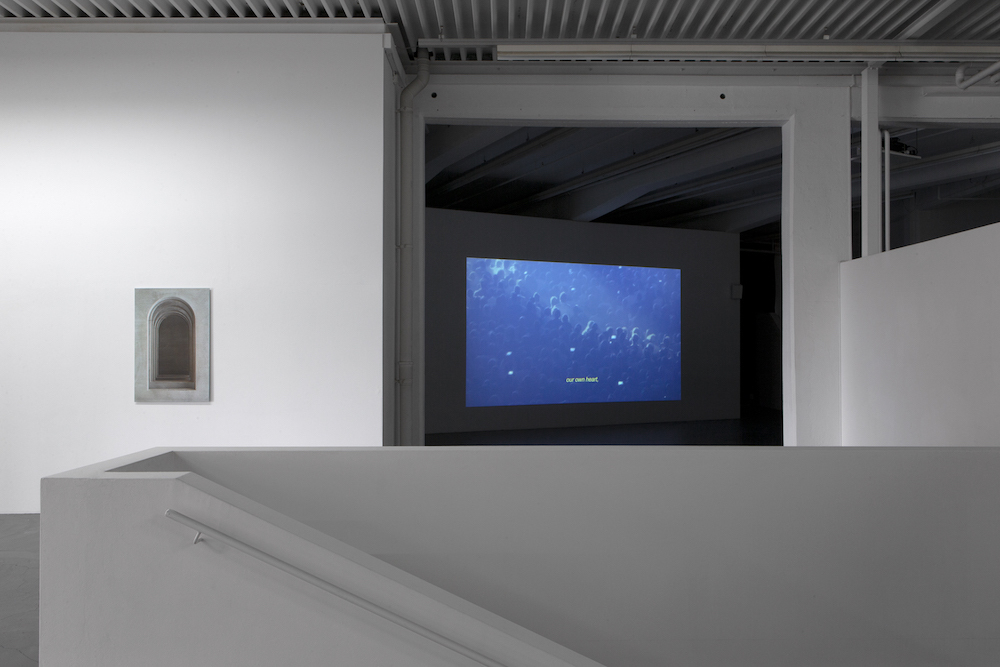
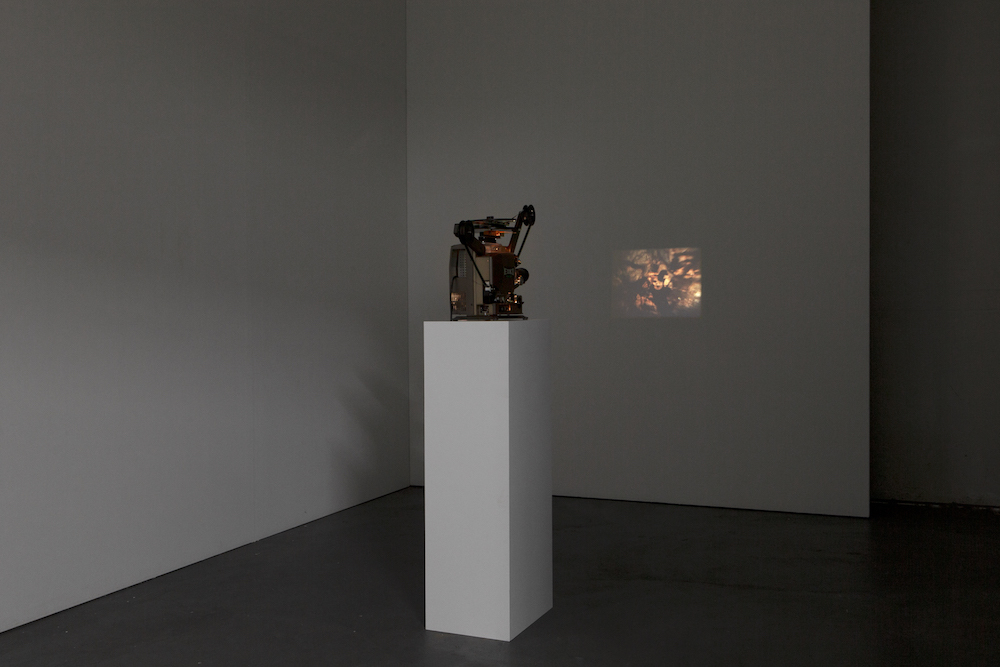
Selected press coverage
Le Monde, 9.2.2019
Basellandschaftliche Zeitung, 15.3.2019
Project partners
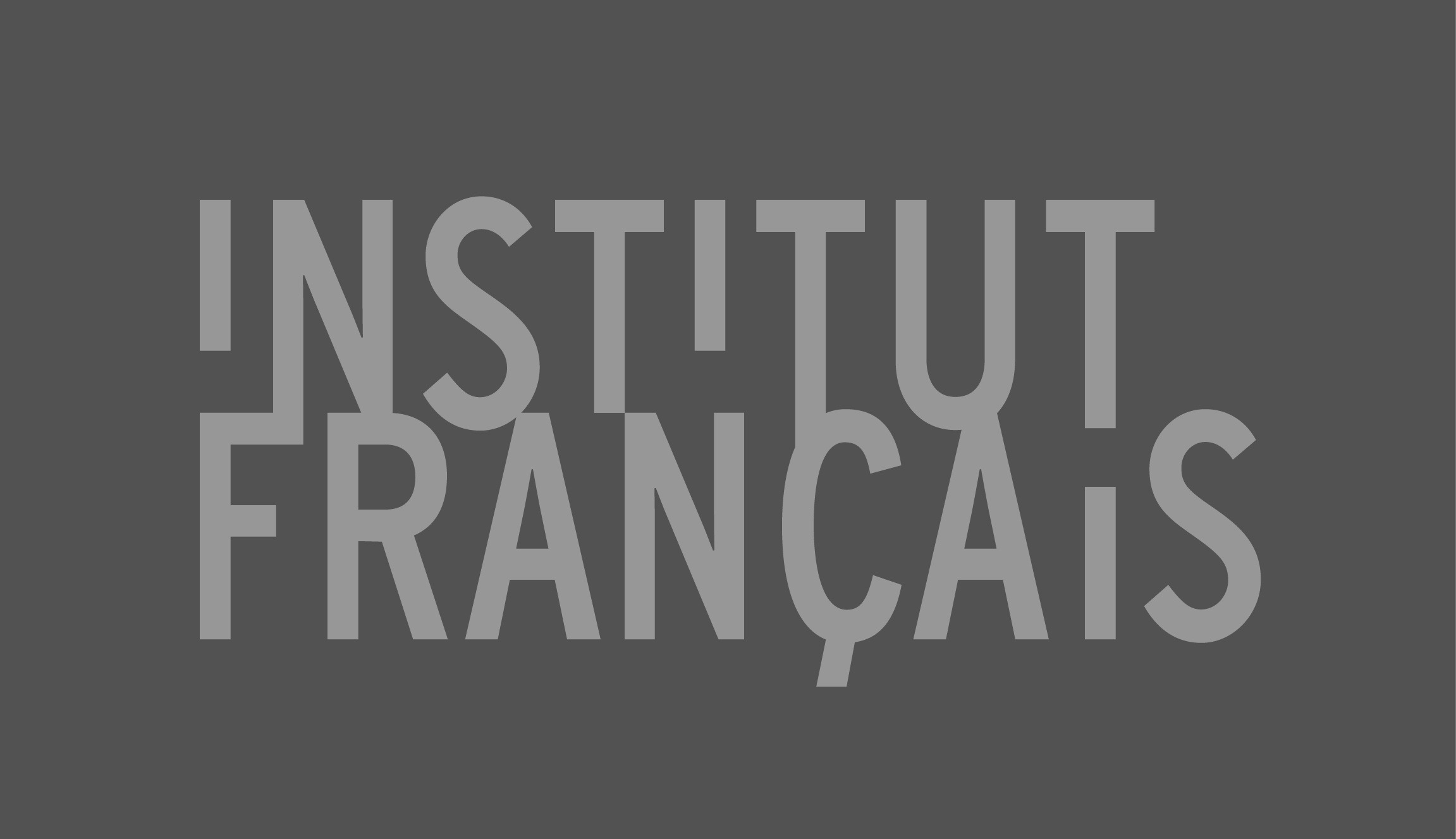
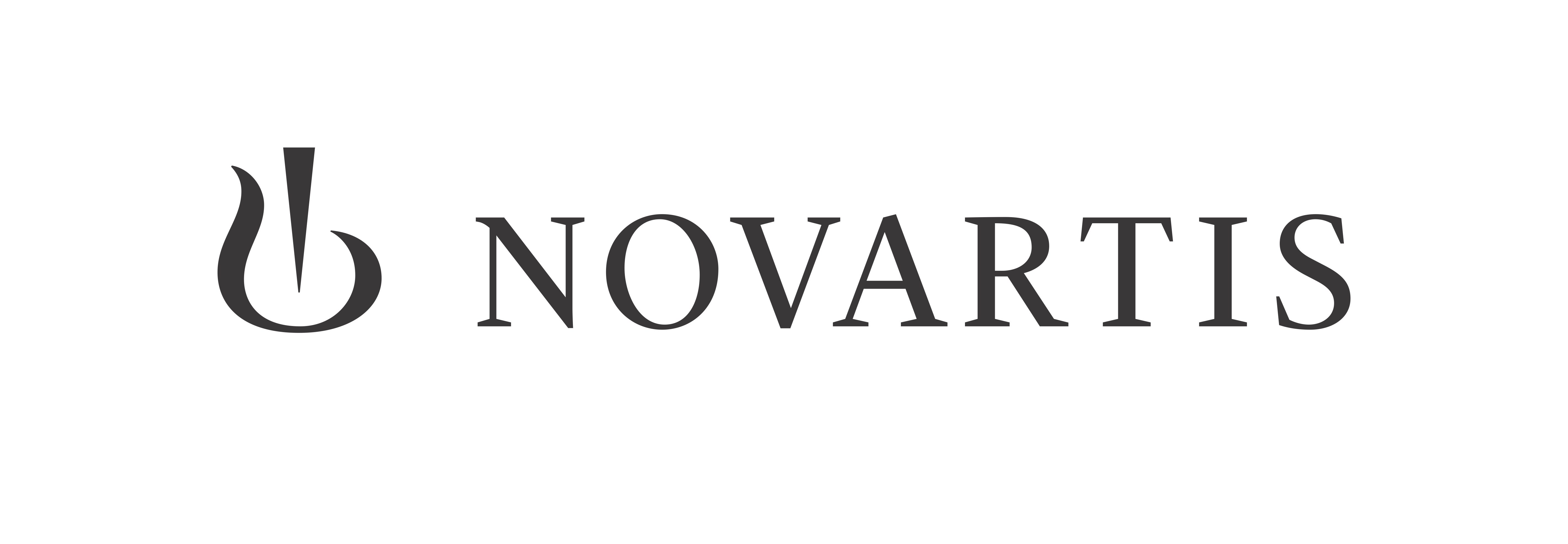
With this two-part exhibition from the Paris-based artist Clément Cogitore (b. 1983, Colmar) the Kunsthaus Baselland presents the first solo exhibition in Switzerland by the 2018 Prix Marcel Duchamp winner. In a practice that has developed over many years, the French film-maker and photographer deals in-depth with the question of how pictures from advertising, entertainment, social networks or even rituals, secrets and illusory worlds all work, these pictures which occupy an active role in the creation of ways of life. With a variety of works the first exhibition sequence will offer an overview of his work in recent years, while in a second part from mid-May his new work The Evil Eye, with which he won the 2018 Prix Marcel Duchamp, will, for the first time, be the focus of an institutional presentation.
Telling stories, or just listening to them, is a wonderful thing — the real can mix with the fantastic, everything seems possible, the course can change anytime, fantasy becomes activated. The film maker Clément Cogitore is just one of those storytellers, even when it‘s not about exactly about fiction. He rather extrapolates the poetic, the unique, at times the irritating from everyday moments and reality — not only in his films, which can be short or feature length, but also in his photography series. In his ever growing body of work, the French film maker and photographer extensively debates the question of the role of imagery in advertisement, entertainment and social networks, but also rituals and illusory worlds, taking on an active role in the construction of life scripts.
A prime example of his artistic method is his renowned film Les Indes galantes, for which he gathered krump dancers, a kind of hip hop dancer, from in and around Paris for a one-time enactment of the 3rd act of Jean Philippe Rameau‘s 1735 ballet opera Les Indes galantes(The amorous Indies) inside the opera house in Paris. But it‘s not only the 18th century piece that is compellingly brought to the present through these young people and their powerful, maverick dance. Nor is it just the act of giving a stage to someone who otherwise eludes publicity — like these dancers. Clément Cogitore is just as much interested in the events beforehand and behind the limelight, what kind of aftermath a piece can have for those involved. These moments can occur especially when two worlds and seemingly separate areas converge. Just like this form of youth culture of krump dancers, which emerged from the outrage of 1980s Los Angeles‘ ghettos, now coming upon the prestigious Opéra National de Paris with its traditions and rituals. It‘s exactly these points of contact that Clément Contigore pursues in his work time and again: the uncontrollable, energetic, but also the mysterious, at times manipulative and not always rationally explainable that we encounter over and over, yet we aren‘t always ready to see, to examine, to experience with all our senses. On occasion of the exhibition at Kunsthaus Baselland, Ines Goldbach met Clément Cogitore for a dialogue.
The flow of images.
Clément Cogitore in Conversation with Ines Goldbach
IG: I would like to start our conversation with a discussion about the body, especially the political and social body that is, I think, central to your entire work. Films like Les Indes galantes,for example, seem to focus on a very contemporary understanding — or misunderstanding — of living, being and acting together: inclusion or separation, within Europe, within a society, within different religions, genders, social contexts or a certain group. Topics that are among the most important at this moment in our time. Would you agree that this is crucial topic for your works? Why do you think that film is an appropriate medium for a discussion of these topics?
CC: The body in its own way says things that language does not allow us to express: tensions, energies, desires... It's something that comes up regularly in my work and film is indeed a very powerful medium to capture it.
Once someone pointed out to me that in my work bodies are often either subjected to a form of alienation (Elegies,for example), or seized in a transgressive movement (Les Indes galantes). I wasn't really aware of it, but in fact it is true. Between alienation and transgression is a tension that interests me.
IG: The music, rhythm and atmosphere of the whole film Les Indes galantesis stunning; it makes the viewer a participant immediately. The film can be read as a summary and at the same time a clash of all the aforementioned topics, mixed with high energy and the high risk that it might become violent. At the same time the films can be perceived as suggestions of how to deal with potential aggressive energy within society; how this might be transformed into release and liberation. Was this one of your motivations for working with these young Krump performers, who have different backgrounds, giving them a stage and making a kind of dance publicly visible, a dance form which was, as far as I understand, born in black Los Angles ghettos in the 1990s after the violent death of Rodney King and the subsequent riots and which has remained mostly invisible?
CC: At first I just had an intuition that this baroque music could accommodate other bodies, gestures and energies than those usually called upon. So I invited Krump dancers to take over the music because I felt that the cathartic dimension of the dance could respond in an unexpected way to the incantatory dimension of the music.
Basically, it's a bit like when you have two dear friends who don't know each other and you just decide to bring them around a table to introduce them to each other and capture this meeting.
Then, of course, there were long discussions and rehearsals beforehand, because some parts are choreographed and others improvised. The shooting was done by seeking a balance between improvisation and choreography, between accident and control.
From a more conceptual point of view, my initial incentive also responded to a political question, present in the music from the beginning, namely that this piece from the Indes galanteswas inspired to Jean-Philippe Rameau by an Amerindian tribal dance from Louisiana that he had seen in Paris on stage at the Comédie-Italienne theatre. Behind the elegance of the French Baroque there was tension hidden in the ritual drums of indigenous people performing under the gaze of colonisers. In Krump there is this incandescent way of expressing the violence contained in the bodies through symbolic gestures, which are a political response to the police brutality at work in the black ghettos of Los Angeles. By confronting this music with Krump, it was a way of producing a small geopolitical-historical short-circuit in the history of peoples and forms on both sides of the Atlantic.
IG: You are currently working once again on the project Les Indes galantes with the Opéra National de Paris. This time not just one scene of the opera ballet, but with the entirety of the piece. What is the motivation behind continuing this project, and will you work with the same young dancers with whom you came in contact in 2017?
CC: Following the video, the director of the Paris Opera, Stéphane Lissner, invited me to stage the entire opera on the stage of the Bastille Opera, this time with the singers and choir in addition to dancers. I invited one of the choreographers I had worked with for the video (Bintou Dembele) to do the choreography and several of the dancers in the video will be present on stage, but we also invited other dancers from street dances other than Krump, such as electro, popping and voguing. The choreographic spectrum will thus be wider than Krump alone.
IG: Going back to my question regarding the political and social body I would like to consider the series of photos called Digital Desert, also presented at the Kunsthaus Baselland, which shows a specific digital technique to hide human beings from drone eyes in a conflict situation. Could you tell me more about the background to this series?
CC: In general, I am very interested in ‘control imaging’, whether scientific, military or political. I am fascinated by this strange project of Western man, who makes sure that nothing escapes the control of his eye, this way of taking images to take control, which constantly encounters new forms of invisibility.
This series was made in 2014, while I was directing my feature film Ni le ciel Ni la terreabout French soldiers in Afghanistan. I was interested in the different camouflage technologies, the most archaic and the most contemporary. One of a warrior's objectives, since the dawn of time, has been to escape the eyes of the opponent.
‘Digital desert’ is the name of a new type of uniform, invented by the American army about ten years ago but which now dresses most of the world's armies. Its particularity is that the camouflage pattern is not in spots of colour, but an assemblage of pixels. The primary purpose of this camouflage is to hide the warrior's body from digital surveillance technologies (cameras, drones) and to scramble the signal so that the digital sensor can no longer distinguish a warrior's body from the landscape.
In this series, a form of still life with uniforms arranged on the ground that might recall images of a mass grave, I experimented with the functionalities of this camouflage at different resolutions and light settings.
IG: Is there a connection for you with the photograph Ghost_Horseman_of_the:Apocalypse_in_Cairo_Egypt.jpg? I think this is also about perception and how we perceive, as individuals and as a collective body. What is hidden, manipulated, comprehensible, visible, true and false. It’s also very much about how we generate our knowledge, our faith about truth etc. I think this also leads to the topic of the very recent work The Evil Eye— how might we generate and sensitise our perception, awareness, understanding and view of, in fact our being, in the world when social and digital media and advertisements, but above all economics and politics, are based on false and fake news and on manipulating the public.
CC: Yes, there is a connection with Ghost Horseman in that they are very compressed images, which have very little information to give us; the viewer must therefore use their imagination to interpret or understand it.
This image comes from an American broadcast camera, which was filming the riots on Tahrir Square in 2011. A vague outline of a strange appearance appeared on the image. Internet users and television viewers read the shape of a rider on a horse and concluded that the fourth horseman of the Apocalypse had descended into Tahrir Square.
What interests me is to what extent the flow of images in which we are immersed are charged with fictions, superstitions and mythologies and to what extent an image no longer exists for itself but instead for what we want it to say, what we inject into it as a narrative, however fantastical it may be.
IG: What do you find interesting in transforming the photograph Ghost_Horseman_of_the:Apocalypse_in_Cairo_Egypt.jpg— a digital image, found in the internet — into a monumental, woven work, a project that started in 2017 with the Cité internationale de la Tapisserie in Aubusson. Are you interested in combining historic or art-historical handicrafts with recent technology like digital imaging and drawing them into the future?
CC: Turning this image into a monumental tapestry is a way for me to reinterpret it in the epic tradition of representing battle, like when the lords of the Middle Ages and the Renaissance decorated their castles with tapestries narrating their feats at war. It is also a way of giving another materiality and temporality to a digital image of flow, one which disappeared into the depths of the web very soon after it emerged. I want to inscribe it in a different material and time in a lasting way. It is also up to the workshop that is currently weaving the tapestry to interpret the pixel and digital compression in their manual weaving.
IG: I have the feeling that you reflect European art history and the history of culture in general quite deliberately in your work – like in the 16mm film Untitledfrom 2017 that shows shots of the Lascaux cave paintings made in the 1980s mixed with very poetic and fantastic elements like butterflies, or the photograph Untitledfrom 2006 that is at once reminiscent of frescoes and paintings by Piero della Francesca and the Renaissance in relation to its reduced colour, the perspective, style etc.. What is more, in Les Indes galantesyou are working with a musical work from the 18th century by Jean-Baptiste Rameau and having it staged on the famous Opéra National de Paris. I feel that you are both echoing art history and re-contextualising it in the now. Is that right?
CC: Generally speaking, I do not see any break between contemporary art and older or even ancient art forms. As an artist I am part of a process of producing forms that is ageless and in which certain motifs return, in a cyclical way, a bit like ghosts that would always come back to haunt the same house. The art historian Aby Warburg wrote this in a much more interesting and precise way than I can express it.
From my perspective, I feel that I can be as much influenced or inspired by something that happened hundreds or thousands of years before my time, which belongs to art history or history in general, as by something that I discover on the Internet by chance and that only exists here and now. Another thing I firmly believe in is Deleuze's idea that art is not a question of inventing new forms or repeating older ones, but of capturing forces. This is one of the most accurate definitions of the artist's work.
The artist is represented by Gallery Eva Hober (FR) and Gallery Reinhard Hauff (DE). He graduated from the art and design school in Stasbourg (Ecole Supérieure des Arts Décoratifs de Strasbourg) and the Fresnoy National Studio for contemporary art (Studio national des arts contemporains).
